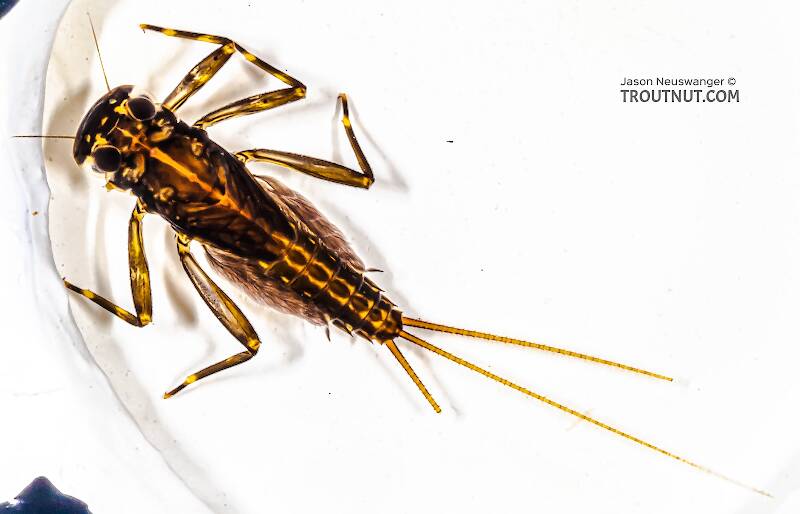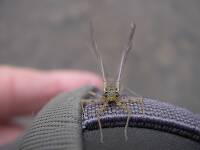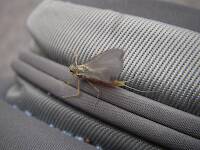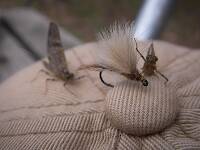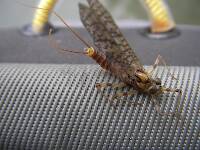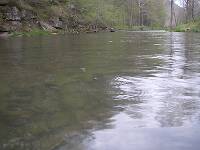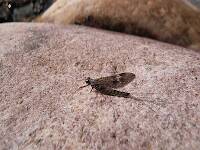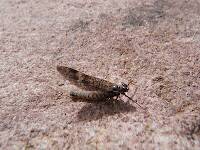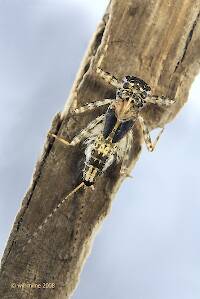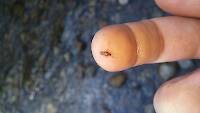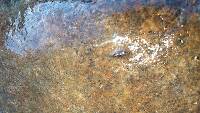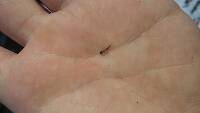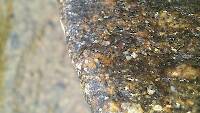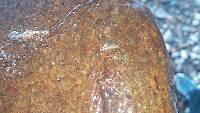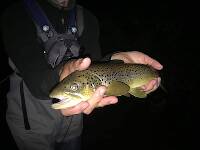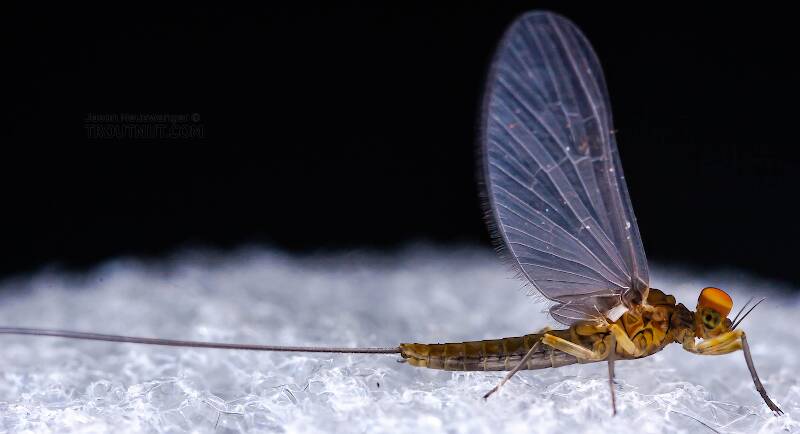
Blue-winged Olives
Baetis
Tiny Baetis mayflies are perhaps the most commonly encountered and imitated by anglers on all American trout streams due to their great abundance, widespread distribution, and trout-friendly emergence habits.
Featured on the forum
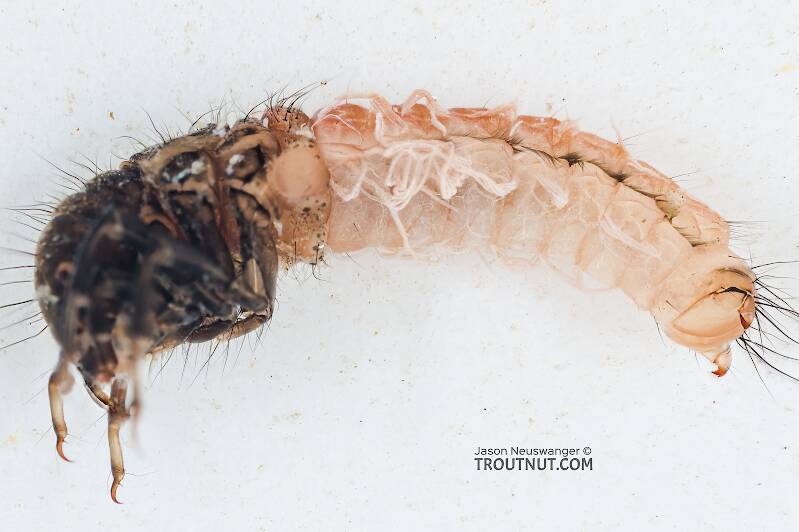
This specimen keys pretty easily to Onocosmoecus, and it closely resembles a specimen from Alaska which caddis expert Dave Ruiter recognized as this genus. As with that specimen, the only species in the genus documented in this area is Onocosmoecus unicolor, but Dave suggested for that specimen that there might be multiple not-yet-distinguished species under the unicolor umbrella and it would be best to stick with the genus-level ID. I'm doing the same for this one.

Troutnut is a project started in 2003 by salmonid ecologist Jason "Troutnut" Neuswanger to help anglers and
fly tyers unabashedly embrace the entomological side of the sport. Learn more about Troutnut or
support the project for an enhanced experience here.
Chadwick
Posts: 1
Posts: 1
Chadwick on Jul 1, 2009July 1st, 2009, 12:19 pm EDT
I would like to know the best way to present the nymph and in which section of the river. Should they be dead drifted mid riffle, swung through tail out ect.
GONZO on Jul 2, 2009July 2nd, 2009, 11:12 am EDT
Hi Chadwick,
Although heptageniids can swim, they generally do it out of the current. If you were to rate the swimming ability of mayfly nymphs, Isonychia would be Michael Phelps, and most heptageniids would be something like the fat kid in remedial gym class. When you watch heptageniids like Stenacron, Maccaffertium, or Stenonema in aquaria, they often try to cling to airstones or, in the absence of stones or other debris, to each other. However, when they get caught in the turbulence created by the airstone without first getting a good grip, they usually freeze and drift in a kitelike manner until they are free of the current. Then they might swim around awkwardly until they regain a foothold on something.
So, clinger nymph imitations presented in stronger current should usually be dead-drifted with at most an occasional feeble twitch. A gentle twitching lift or swing would be imitative as the nymph moves into emergence sites near edges, eddies, or slack areas around boulders.
Although heptageniids can swim, they generally do it out of the current. If you were to rate the swimming ability of mayfly nymphs, Isonychia would be Michael Phelps, and most heptageniids would be something like the fat kid in remedial gym class. When you watch heptageniids like Stenacron, Maccaffertium, or Stenonema in aquaria, they often try to cling to airstones or, in the absence of stones or other debris, to each other. However, when they get caught in the turbulence created by the airstone without first getting a good grip, they usually freeze and drift in a kitelike manner until they are free of the current. Then they might swim around awkwardly until they regain a foothold on something.
So, clinger nymph imitations presented in stronger current should usually be dead-drifted with at most an occasional feeble twitch. A gentle twitching lift or swing would be imitative as the nymph moves into emergence sites near edges, eddies, or slack areas around boulders.
Quick Reply
Related Discussions
Topic
Replies
Last Reply
1
Mar 9, 2012
by Wiflyfisher
by Wiflyfisher
3
Mar 22, 2015
by Pookie025
by Pookie025


